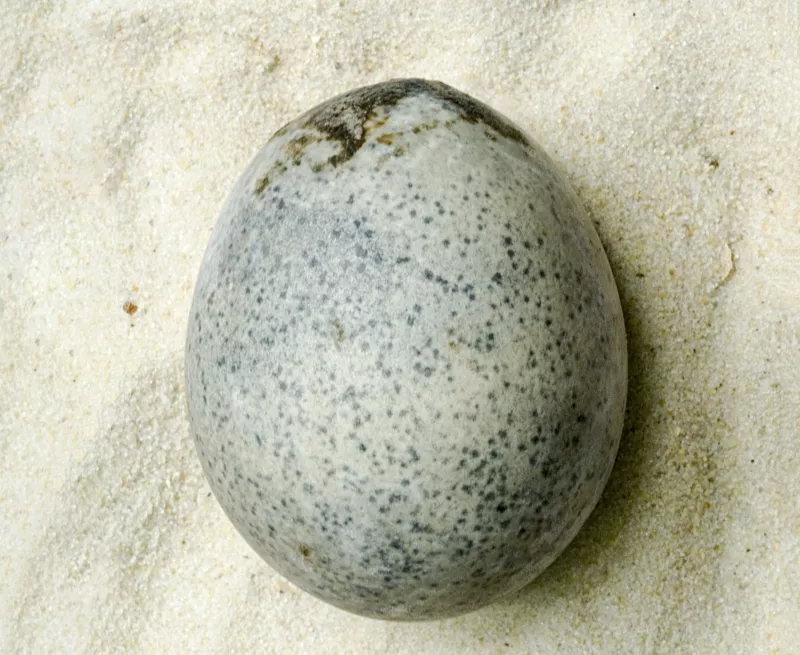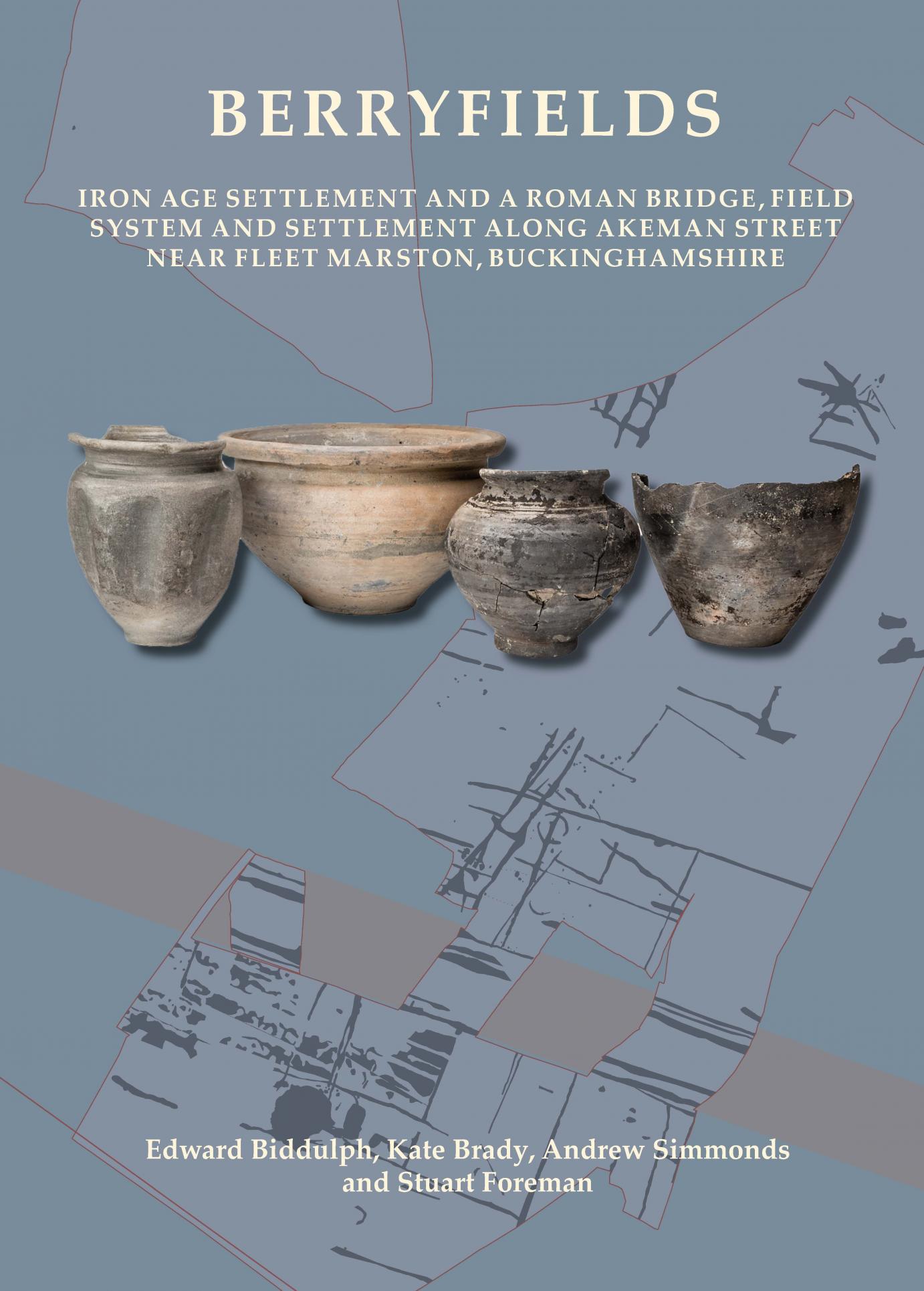When Oxford Archaeology carried out archaeological excavations at Berryfields, just outside Aylesbury in Buckinghamshire, the extent and range of the discoveries were more than anyone could have foreseen. The site, investigated ahead of major development by the Berryfields Consortium, which funded the fieldwork and post-excavation analysis, is located close to a Roman roadside settlement along the Roman road of Akeman Street.
The standout discoveries were found in a pit that had been dug close to the Roman road. The pit breached the water-table and had filled with water. Initially, the pit was used in the malting and brewing process, but by the late 3rd century AD, the pit had been put to another use: as a special place where the inhabitants of the Roman town and passers-by could throw in coins and other items for good luck or as offerings to the gods.
When it was being excavated, the pit was still waterlogged, and this had preserved a remarkable collection of organic objects, including a wooden basket, leather shoes and wooden vessels and tools, which normally do not survive in Britain.
Most extraordinary of all were four chickens’ eggs. At least three were whole on discovery and were extremely fragile. Thanks to the great care taken by Steve Leech, one of the lead archaeologists on the site, one was retrieved intact. (The field team noted that the other eggs emitted a sulphurous aroma during excavation.) The Roman egg is a genuinely unique discovery. Though Roman eggshell fragments have been found before now, this is the only complete Roman egg known in Britain.
In the Roman period, eggs had all sorts of symbolic meanings. They were associated with the gods Mithras and Mercury and have connotations of fertility and rebirth. Tellingly, where eggshell have been found in Britain, they have usually been found in graves. The eggs at Berryfields almost certainly represent an offering of some kind. They may have been a votive offering or possibly had been placed in the pit as part of a funerary rite.

Although excavations were completed in 2016, a programme of detailed analysis back at Oxford Archaeology’s office and in the laboratory following excavation has meant that the full results can only now be revealed in a new book published by Oxford Archaeology.

